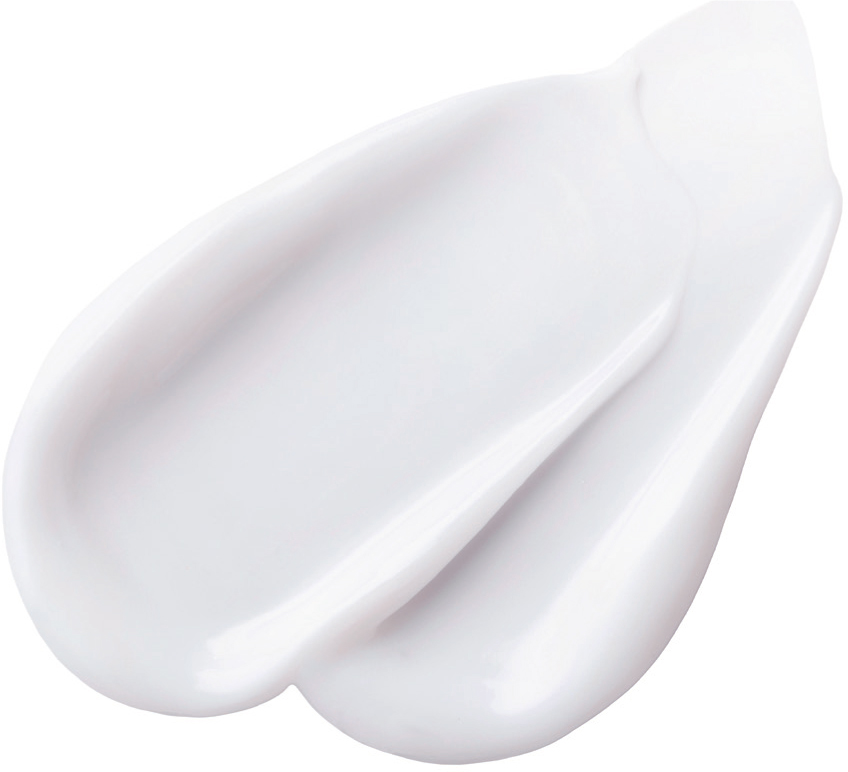
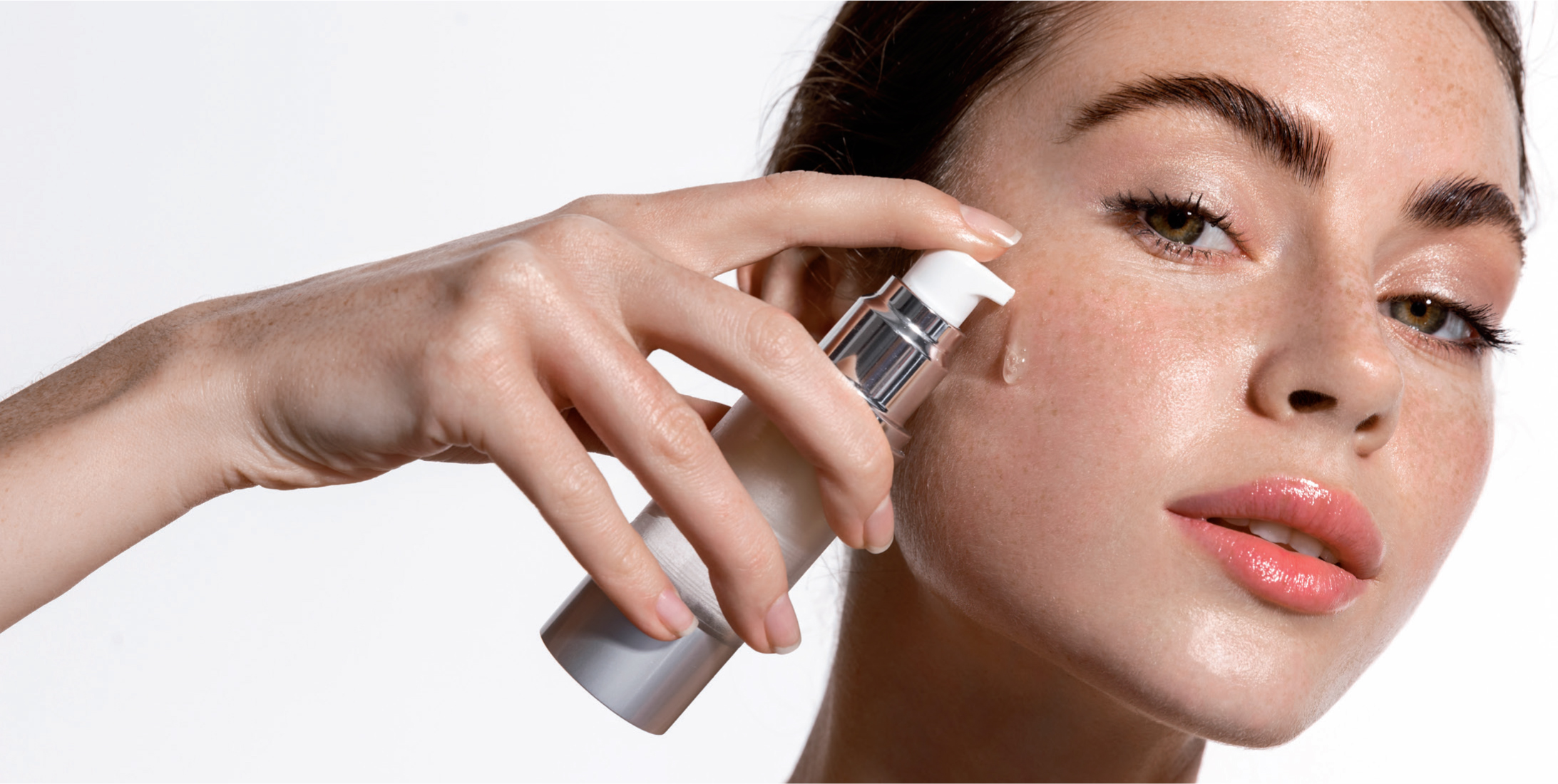
The UK skincare market size was valued at USD$17.98 billion in 2022 and is anticipated to reach USD$28.37 billion by 2031, expanding at a compound annual growth rate (CAGR) of 5.2% during the forecast period 2023-2031 (Patel, 2024). The UK skincare sector is continually advancing and expanding as a premium market to serve discerning patients and consumers (Patel, 2024). Patients are increasingly engaged in their treatment journey, with an appetite for knowledge on ingredients and product technologies (McDonald et al, 2022). Medical aesthetic practitioners are in a strong position to educate around ingredients, as well as procedural recommendations, and tailor product regimens to complement bespoke treatment journeys. Collectively, this reinforces that a patient-centred approach is a strong foundation to nurture trust, retention and loyalty, which are key facets to successful clinical practice (da Prato et al, 2024).
Areas of market growth
The skincare sector is demonstrating promising and sustained global growth across a number of areas through distinct themes. One of which is the increased popularity of the current term ‘clean beauty,’ in spite of a notable absence of a consistent definition (Rubin and Brod, 2019). Consumers and patients are more conscientious about individual well-being and wellness and often prefer ‘non-toxic’ products by choice (Lee and Kwon, 2022a). ‘Clean beauty’ has broadly been used to describe products and/or ingredients which are associated with organic, vegan, sustainable and eco-friendly properties (Lee and Kwon, 2022a).
» Medical aesthetic practitioners are in a strong position to educate around ingredients, as well as procedural recommendations, and tailor product regimens to complement bespoke treatment journeys «
Data also supports a rise in the uptake of male patients seeking medical aesthetic procedures, such as skinboosters, energy-based treatments, as well as line relaxing injections (Baker, 2022). In addition, men are increasingly investing in grooming products, which indicates potential growth in an established sector of the medical aesthetic domain and skincare market (Foppiani et al, 2024). The expected growth in skincare is thought to be due to increased awareness amongst the male community of achieving optimum skin health and investing in personal appearance and wellbeing (Underwood, 2024).
Regenerative approaches
The sustained global interest in regenerative medicine is evident from both patients, as well as medical professionals (Zarbafian et al, 2022). Arguably, this is both an established and evolving specialism of medicine, yet, the rise of associated medical aesthetic treatments and topical ingredients that can evidence regenerative benefits is growing exponentially (Goldie, 2023). The regenerative dialogue has given rise to interest in skin treatments which can improve a variety of ‘skin quality’ concerns. Nurses should offer clarity around terminology in defining ‘skin quality’ and associated concerns to patients as many age-related skin changes can be positioned under this term (Humphrey et al, 2021).
It can be argued that nurses practising in aesthetic medicine recognise that a combined and holistic treatment approach is widely supported in the literature to facilitate the best results (Barańska-Rybak et al, 2021). A key component to amplify treatment outcomes is to blend with topical ingredients, customised to the area/indication being treated, as well as patient preference (Amici et al, 2023). In addition, a product regimen may be adapted according to season and response to treatment, which ensures that skin health is consistently optimised (Baker, 2016).
Skin ageing
The skin is unique in comparison to other organs in that cutaneous ageing is widely influenced by both intrinsic and extrinsic factors (Zargaran et al, 2022). Intrinsic ageing processes are influenced by genetic, metabolic, and hormonal changes, and characterised by reduced sebaceous gland function, decreased blood flow and degradation of collagenous and fibrous extracellular matrices (ECMs). These changes lead to atrophy, reduced lipid content, xerosis and fine lines (Zargaran et al, 2022).
In contrast, extrinsic ageing is triggered by environmental factors but is usually determined by exposure to UVR. Extrinsically aged skin is often found in sun exposed sites of the body, such as the face and hands, and clinically visible as telangectasia, hyperpigmentation, enlarged pores, thickened and textured skin surface, and established lines in lighter skins (Baker, 2022). Ethnic variances have been identified in skin barrier function, as well as extrinsic influences in skin ageing which are important findings to note in assessing and planning treatment accordingly (Alexis et al, 2021). Intrinsically and extrinsically aged skins have a higher pH, less hydration and reduced expression of tight junction proteins compared to young adult skin. Specific skin constituents that are altered with age (lipids), are also linked to microbial surveillance and skin barrier homeostasis, which clinically manifest as dysbiosis in microbial composition (Smythe et al, 2023). Many of these concerns can be improved with a broad range of topical ingredients, technologies and treatments.
» Extrinsically aged skin is often found in sun exposed sites of the body, such as the face and hands. This is clinically visible as telangectasia, hyperpigmentation, enlarged pores, a thickened and textured skin surface, and established lines in lighter skins «
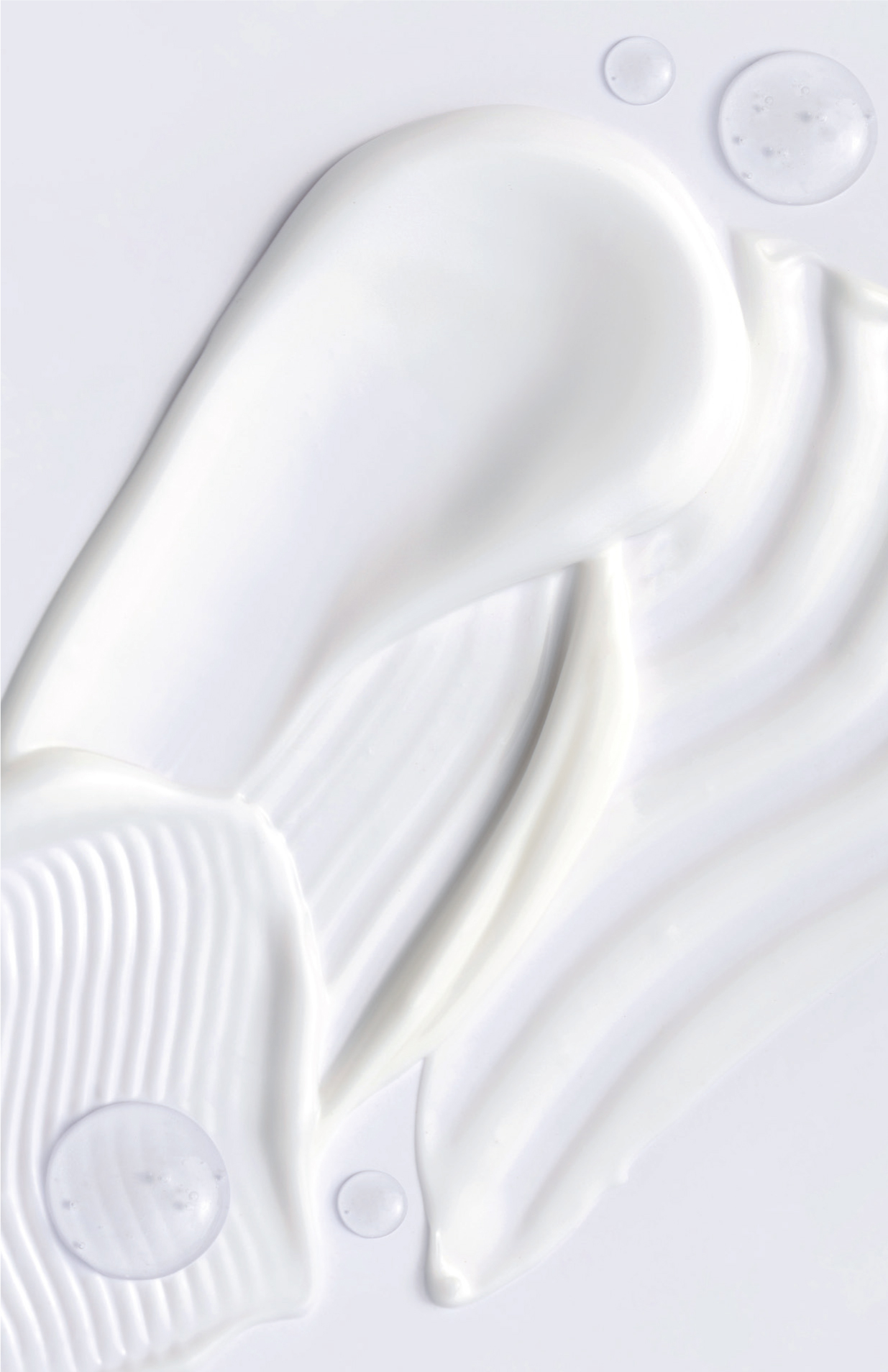
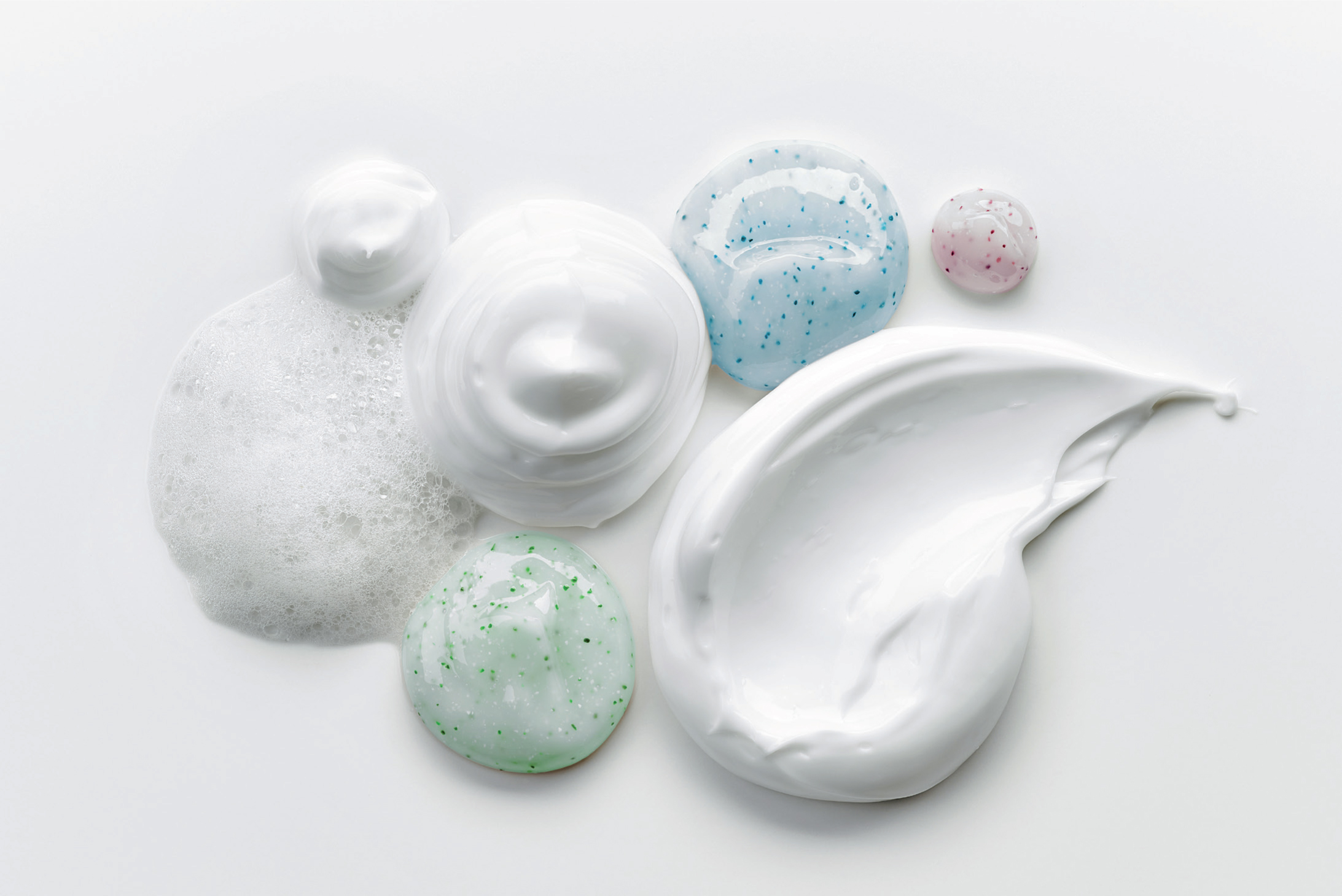
Microbiome
The skin maintains a dynamic and symbiotic relationship with a vast ecosystem of bacteria, viruses, mites and funghi (Musthaq et al, 2018). The skin microbiotia can be defined as all of the microbial cells of a region or the body, whereas the microbiome includes the cells and their genetic material (Smythe et al, 2023). Maintenance of the skin barrier is key to prevent pathogenic infection, and as such, the varied biogeography of the skin provides a unique opportunity to explore the biological niches that affect microbial composition, and is an area of skin health that is currently being extensively researched. An example of this area of focus is evidenced through analysis of the cutaneous changes associated with menopausal skin changes. Pagac et al (2024) report a direct association between menopausal status and facial microbiomes, which uncouples age-associated skin biophysical parameters, such as viscoelastic properties. The authors noted that the presence of Cutibacterium genus was decreased, and bacterial diversity was increased in skin samples of postmenopausal women.
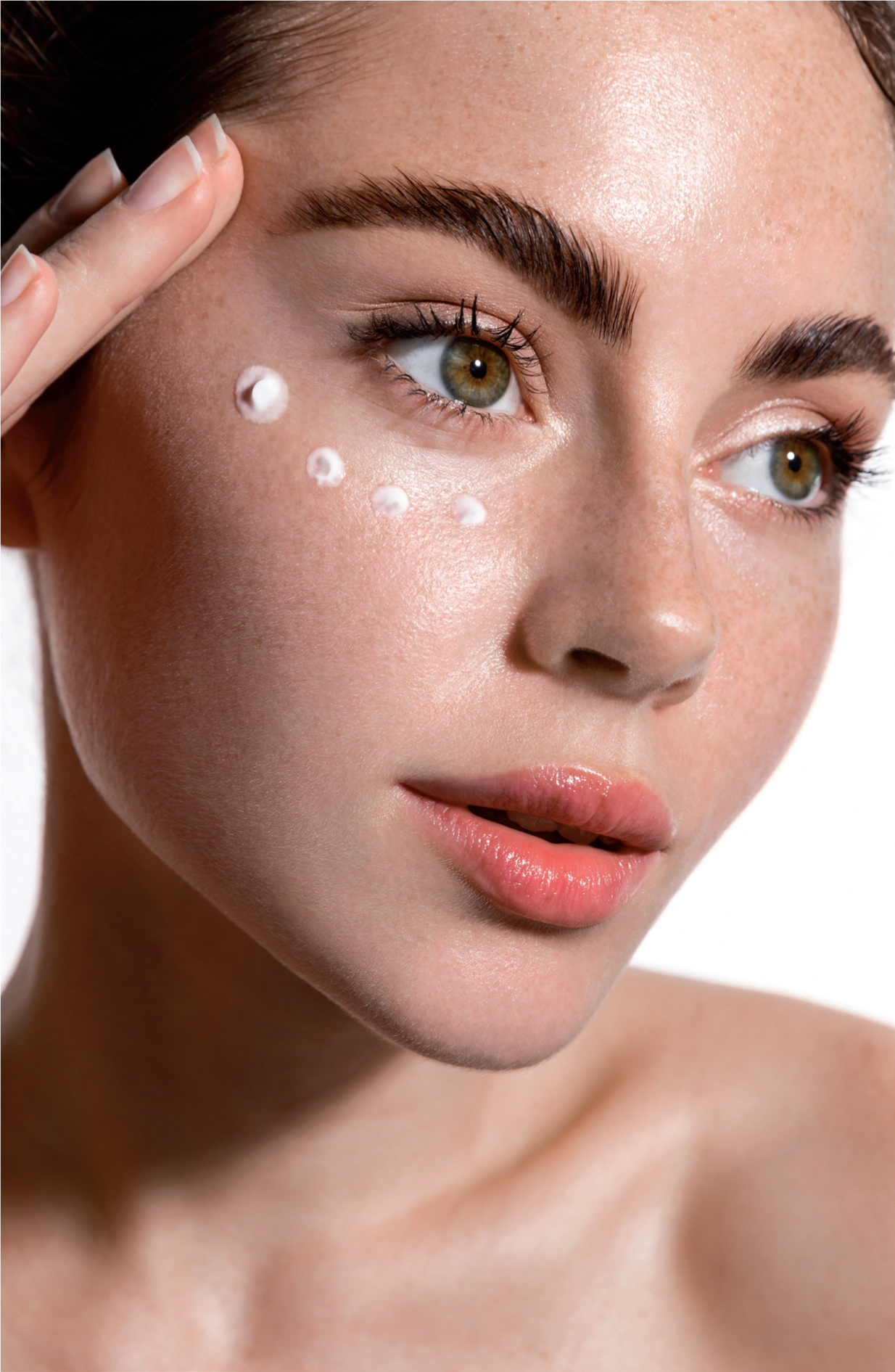
With reference to these contextual factors, this paper will explore the evidence and benefits of topical peptides in successfully treating intrinsic and extrinsic cutaneous changes, as well as their mechanisms in supporting a healthy skin microbiome.
Why peptides?
The breadth and scope of ingredients and topical formulations across the medical aesthetic skincare sector are extensive, which reinforces the requirement for a discerning and judicious approach to product selection. The quality of evidence and data supporting manufacturer claims is critically important, such as, in vivo and in vitro findings to demonstrate ingredient and/or safety profile, and compliance to regional legislation (where necessary). These are some of the most important considerations, alongside patient and nurse preference, but are not exhaustive.
Peptides are short chains of 2-50 amino acids linked together by peptide bonds (Ngoc et al, 2023). Amino acids are the building blocks of proteins, and when they are joined in a chain, they form a peptide (Aguilar-Toalá et al, 2019). Peptides are smaller than proteins and typically composed of up to 50 amino acids, although specific thresholds may vary (Lima and Moraes, 2018). Peptides have invited considerable interest and have been extensively studied due to their multi-tasking, wide-ranging and regenerative effects regarding their regulating and signalling mechanisms (Ngoc et al, 2023). These biological cues have consistently demonstrated diverse physiological effects, including antioxidant, anti-ageing, moisturizing, collagen stimulating, and wound healing properties (Errante et al, 2020), exerting their biological functions in a number of different ways, which can be determined in part by their structure (Schagen, 2017).

These functions determine how peptides can be categorised, and it can be useful to consider them in the following ways, according to their mechanism of action:
Signal peptides
Signal peptides are active compounds that can prevent ageing by stimulating and regenerating skin fibroblasts, resulting in increased biological responses, such as collagen, elastin, fibronectin, glycosaminoglycan, and proteoglycan production (Rizzi et al, 2021). One of the first cosmetic signal peptides to demonstrate this effect was palmitoyl peptide, which elicits collagen modulating properties for improving visible signs of ageing (lines), as well as wound healing (Pai et al, 2017). It is a sub-fragment of the carboxyl terminal pro-peptide of type I collagen that can significantly enhance ECM activity in fibroblasts (Ngoc et al, 2023). This in turn, results in effectively stimulating collagen (I, II and III) and fibronectin production. In addition, another signal peptide that stimulates collagen is palmitoyl tripeptide-5 which supports the release of the active form of TGF-B (Zhao et al, 2021), which further supports an increase in collagen I & III. Furthermore, (Zhao et al, 2021) demonstrated that palmitoyl tripeptide 3/5 enhances collagen syntheses and reduces collagen degradation by interfering MMP-1 and MMP-3. Specific signal peptides such as palmitoyl oligopeptide have been developed to stimulate elastin synthesis (Ngoc et al, 2023), which further synergise and complement the regenerative benefits of signalling peptides.
Carrier peptides
Carrier peptides have been designed to deliver essential wound healing cofactors and trace elements for enzymatic processing and wound repair (Schagen, 2017). The first commercialized carrier peptide was formulated to deliver copper, which is a trace element necessary for would healing, into wounded tissue (Ngoc et al, 2023). Copper is an important trace element for wound healing, but also a cofactor for enzymes, such as superoxide dismutase and tyrosinase, which are important for collagen synthesis, with superoxide dismutation (antioxidant action), and melanogenesis respectively (Rizzi et al, 2021). The first copper tripeptide Cu-GHK plays a potential role in the ECM by triggering collagen, elastin and glycosoaminoglycan, and proteoglycan synthesis. This leads to the stimulation of cellular regulation molecules, and the regeneration and healing of skin and other tissues (Ferreira et al, 2020).
Manganese is an essential nutrient involved in amino acid, cholesterol, antioxidant protection and carbohydrate metabolism (Michalak et al, 2021). Manganese-superoxide dismutase is considered to be key in the defense against UV induced photodamage (Michalak et al, 2021).
Neurotransmitter inhibitor peptides
A novel indication for the use of topical peptides can be to target localised lines and cutaneous wrinkle formation. This benefit and indication is often effective as a standalone topical regimen, but synergises well alongside medical injectable procedures. Acetyl hexapeptide-3, pentapeptide-3, pentapeptide-18, and tripeptide-3 exhibit neuro-suppressive abilities and are referred to as neurotransmitter peptides (Zhang et al, 2020). Muscle contraction occurs when vesicles containing the neurotransmitter acetylcholine join the neuron in order to break into 2 separate fragments, including the vesicle and acetylcholine (Zhang et al, 2020). The vesicle is captured with SNARE complexes and then fused with the neuron membrane, while the Ach is release in neuromuscular junctions between the muscle and the nerve (Ngoc et al, 2023). The Ach then binds to the acetylcholine receptors that are present on the muscle cell's surface, which facilitates muscle contraction (Ngoc et al, 2023). The process is regulated by SNAP-25, a receptor protein present in the neuronal membrane, which is associated with the vesicle and directly regulates binding with the SNARE complex as the fusion with the membrane of the vesicle (Ferreira et al, 2020).
In line with the contraction mechanism, a number of peptides have been developed with sequences similar to SNAP-25 proteins, which can compete for the binding sites of SNARE complexes, leading to their structural instability and inhibition of the release of ACh at the neuromuscular junction (Zhang et al, 2020). One of the most popular commercialised neurotransmitter-inhibitor peptides is acetyl-hexapeptide-3 (Argireline®) which delivers advanced properties in reducing the appearance of lines, as well as moisturizing effects. (Ngoc et al, 2023). This peptide is able to emulate the N-terminal end of the SNAP-25 protein an compete for a site in the SNARE complex, which results in destabilisation of its formation, as well as inhibition of Acetylcholine (ACh) release, and eventually reduced muscle contraction (Wang et al, 2013).
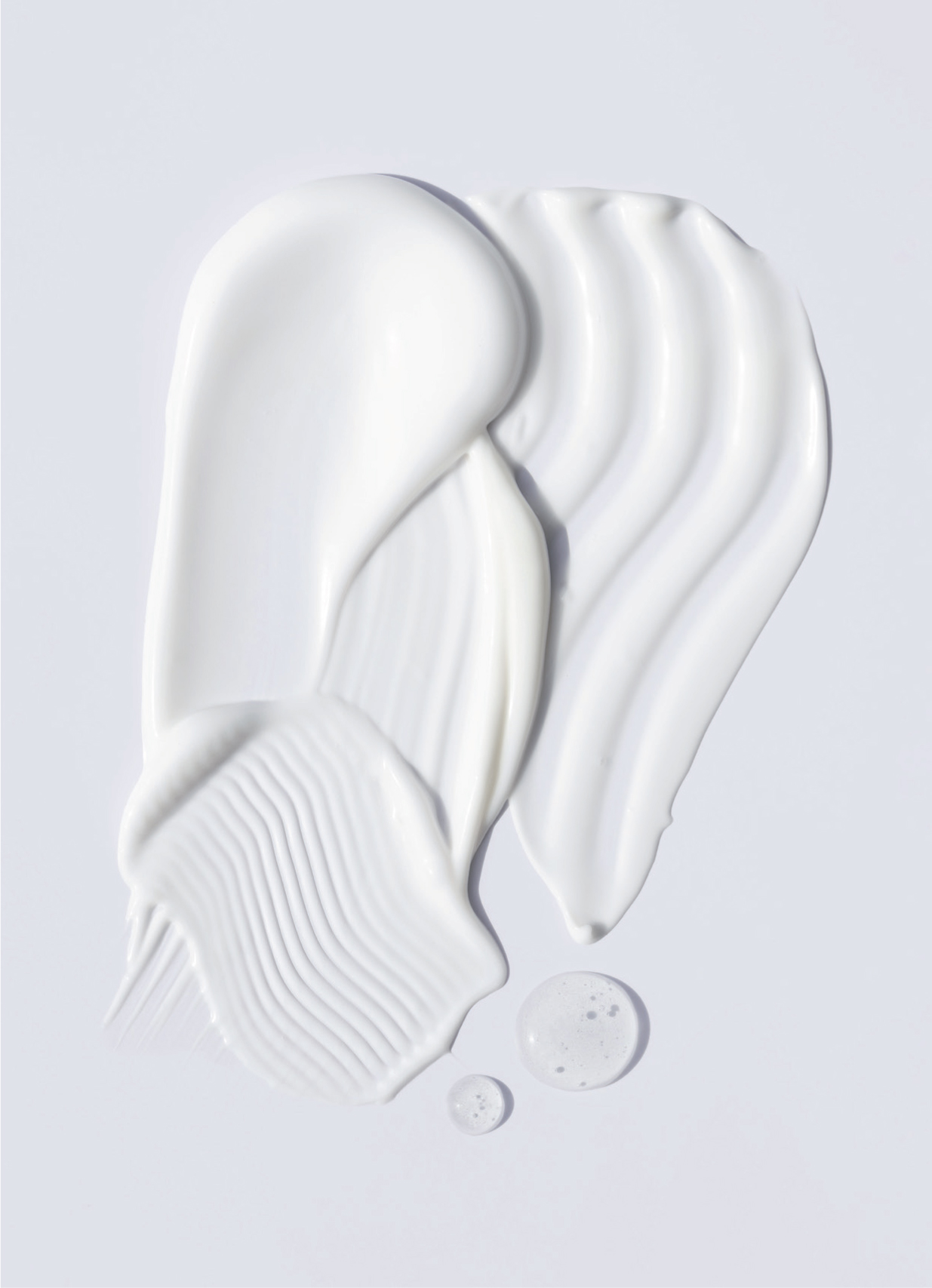

Enzyme-inhibitory peptides
Enzyme-inhibitory peptides can directly, or indirectly inhibit enzymes, such as MMPs, that break down collagen and other proteins and interfere with that process (Schagen, 2017). An example which used in skincare is Oligopeptide-68 (Liu et al., 2022), as well as tripeptide-10-citrulline (Raikou et al, 2017). MMPs are zinc-containing endopeptidases with an extensive range of substrate specificities (Pittayapruek et al, 2016). Collectively, these enzymes are able to degrade various components of ECM proteins, and subsequently these alterations will contribute towards skin ageing. These peptides can therefore significantly protect the integrity of key structures with the skin.
Antimicrobial peptides
Antimicrobial peptides are key factors in the body's natural defense against pathogens (Ma et al, 2022). Their diverse spectrum of activity against microbial pathogens makes them attractive candidates for treating skin diseases such as acne (Rademacher et al., 2021). Human skin naturally produces AMPs, which can positively support a health microbiome when applied topically (Rademacher et al, 2021).
Myristoyl Tetrapeptide-13 is an example of a synthetic lipopeptide with a potent antimicrobial activity. It is designed to work as a standalone ingredient, or in synergy with other antibacterial agents to act as an effective ingredient to improve signs and symptoms of acne (Errante, 2020). Myristoyl tetrapeptide-13 can synergise the benefits of benzoyl peroxide and salicylic acid, and also stimulates recovery and healing by supporting the regeneration of healthy skin. This intelligent peptide weakens the cell membrane of C. Acnes, allowing the active ingredient to target the acne more effectively (Ma et al, 2022).
Peptide innovation
A number of peptide technologies offer cutting edge innovations in regenerative topical approaches, and individual peptides can be uniquely customised to address individual concerns. A novel and patented example is Myristoyl-pentapeptide-16 which stimulates cutaneous cell renewal utilising cationic lipo-oligopeptides (‘CLOPs’) to form micelles which can further enhance penetration by more than 400%. The structure of the peptide allows for effective and targeted penetration due to the chemical structure which leads to the formation of hydrophylic micelles, which function as a delivery system (Dominguez et al, 2017). This unique and advanced offering facilitates stimulation of growth factors and wound response without inflammation, whilst supporting an enhanced skin barrier function and reduced TEWL. This peptide also encourages increased moisture retention, facilitates active encapsulation for enhanced synergistic ingredient delivery and boosts skin's protection against oxidative stress. In addition, this technology promotes gene expression of key keratinocytes that play a role in regulating inflammation and supporting cohesion between the epidermis and the basement membrane and signals for renewed collagens IV, VI and VII which are fundamental in the structural integrity of the skin. In addition, Myristoyl-pentapeptide-16 demonstrates upregulation of Epidermal Growth Factor Receptor (EGFR), as well as Superoxide Dismutase and Antimicrobial protein expression.
Stability
Stability of peptides is a key consideration as degradation remains one of the major challenges due to a number of extrinsic influences (Jiménez-Rodríguez et al, 2022). One of the most common types of modification reported in the literature for enhancing peptide stability is cyclization, which involves forming a linkage between the amino and acid carboxy-groups in the N- and C-termini, by forming a linkage between two amino acid chains (Ledwoń et al, 2021). These methods can offer improved stability to proteolysis, and in some cases enhanced biological activity, if the bioactive conformation is stabilised (Ledwoń et al, 2021). In addition, a conjugation is designed to enhance both permeability and stability utilizing either myristic or palmitic acid (Jiménez-Rodríguez et al, 2022), as well as encapsulation which utilizes lipid vesicles and nanoparticles to facilitate delivery and mitigate degradation.
Lipinski et al, (2001) Rule of Five outlines a number of factors outlining the properties that are key for formulations to achieve effective delivery, and ultimately results. A key consideration is molecular weight. Specific peptides, such as dipeptides and tripeptides have weights below 500 daltons, which is a key consideration within the specified criteria. Peptides with a larger dalton size typically exert their mechanism through cell surface receptors.
A number of ingredients can synergise and enhance peptide efficacy. These include antioxidants, such as green tea extract which protects the skin from oxidative stress and supports the reparative actions of peptides (Nguyen and Kiso, 2015). In addition, ceramides strengthen the skin barrier and improve hydration to synergise the effects of peptides in supporting a healthy and nourished skin barrier (Nguyen and Kiso, 2015), and can further amplify the benefits of vitamin C, retinol, as well as niacinamide.
Conclusion
The biomimetic, intuitive and biocompatible characteristics of topical peptides are an exciting offering for patients of all skin types. Correctly formulated, peptides are effective biological cues that are proven to encourage cells to regenerate. These intelligent molecules are proven to have high cellular affinity and permeability due to their inherently small size, and when applied topically, are able to increase the production of key proteins with advanced anti-ageing benefits.
Peptides demonstrate gently powerful and multifactorial biological properties (e.g., antimicrobial, antioxidant, anti-ageing, and anti-inflammatory activities) that have been extensively applied as functional ingredients in the medical aesthetic and dermatology specialisms. Peptides exert regenerative benefits by improving cellular skin health through a number of key mechanisms, including extracellular matrix synthesis, innate immunity, inflammation and signs of photodamage, whilst supporting a healthy microbiome. These technologies are a proven and exciting addition to the medical aesthetic treatment offering, delivering unrivalled results and sophisticated regenerative benefits.
